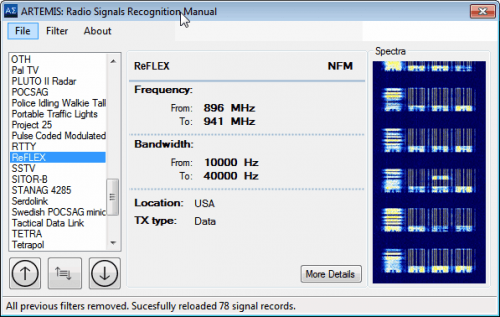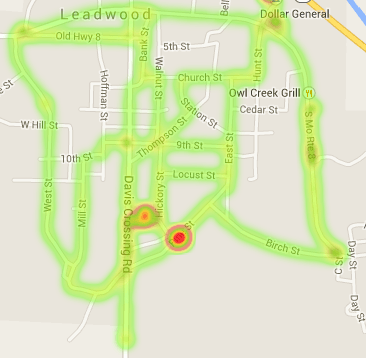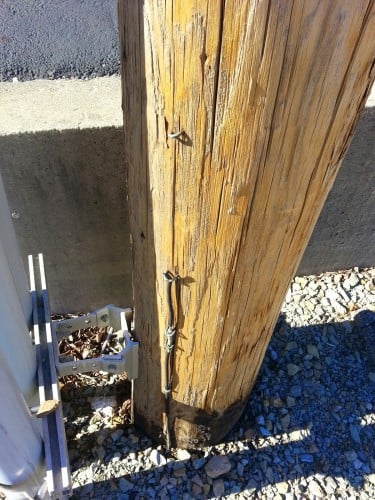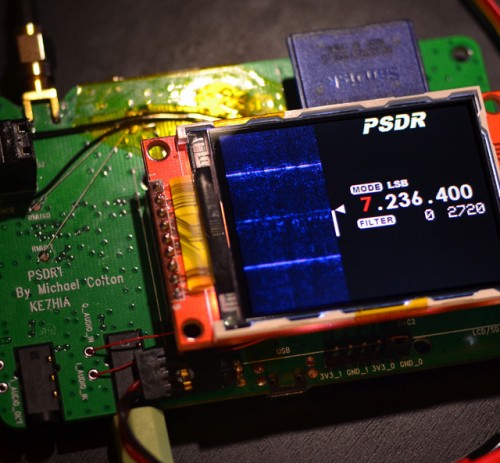New software defined radio (SDRs) products are popping up every few months these days so we thought we'd compile a big list of available SDRs as there are a few people who were bitten by the RTL-SDR bug and are now looking to upgrade.
For each SDR we compare the cost, frequency range, ADC resolution, maximum instantaneous bandwidth, whether or not it can TX and if it has any pre selectors built in. Here is a quick guide to what some of these metrics mean.
Frequency Range: The range of frequencies the SDR can tune to.
ADC Resolution: Higher is better. More resolution means more dynamic range, less signal imaging, a lower noise floor, more sensitivity when strong signals are present and better ability to discern weak signals. Some SDR's give their resolution in ENOB which stands for effective number of bits.
Instantaneous Bandwidth: The size of the real time RF chunk available.
RX/TX: Can the radio receive and/or transmit.
Preselectors: Analogue filters on the front end to help reduce out of band interference and imaging.
* - Denotes top choice for high value
General Use Software Defined Radios
We define general use SDRs as ones with a wide frequency range and with no focus on any specific frequency band.
R820T RTL2832U a.k.a RTL-SDR*

Cost: $10 - 22 USD
Frequency Range: approx. 24 MHz - 1766 MHz (below 24 MHz available on RTL-SDR.com V3 dongles)
ADC Resolution: 8 Bits
Max Bandwidth: 3.2 MHz / 2.4 or 2.8 MHz max stable.
TX/RX: RX Only
Preselectors: Uses tracking RF filters on the R820T2 chip.
Release Date: August 2016
The RTL-SDR is still the best 'bang for your buck' software defined radio out there. While it was never designed to be used as a general purpose SDR in the first place, its performance is still surprisingly good. If you're on a budget or are just starting out with SDR or radio this is the one to get. (Link)
Continue reading →






